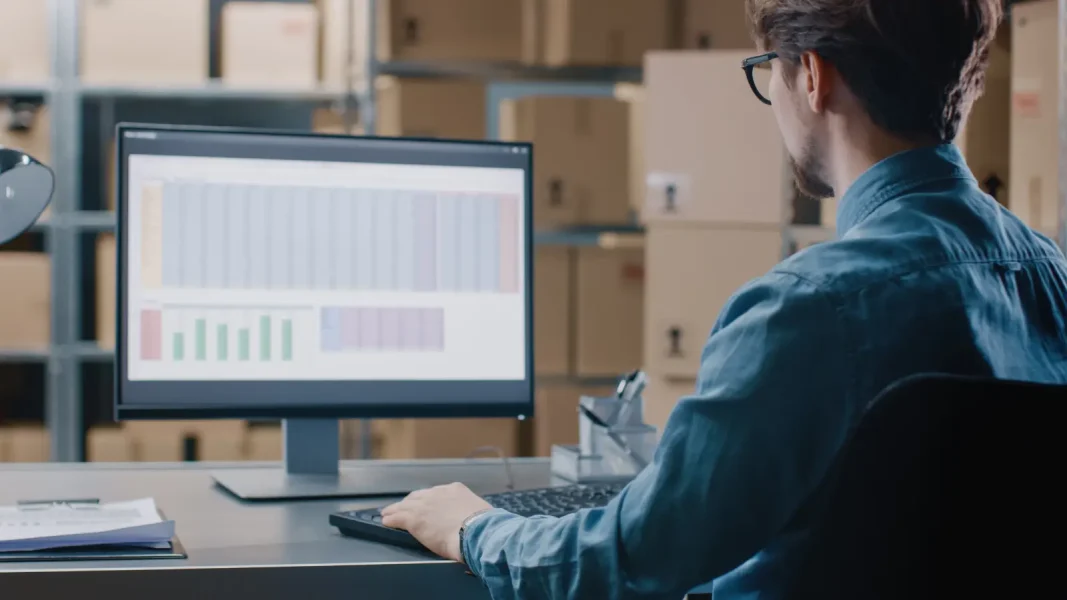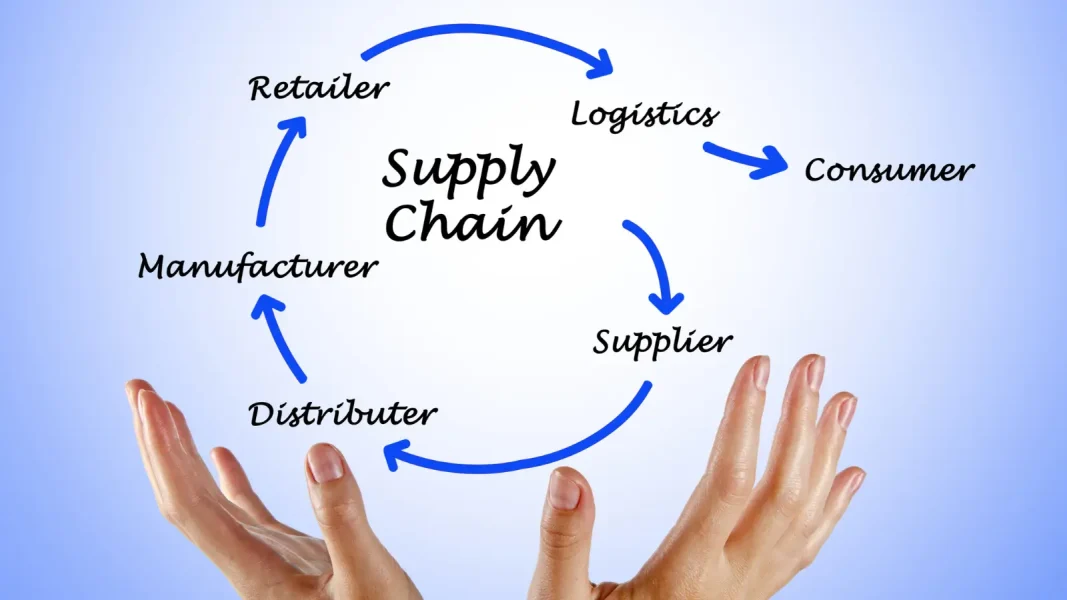As prices continue to rise since the end of 2021, retailers are identifying inflation as the number one challenge of the moment.
On the one hand, according to a recent INSEE study, consumer product prices increased by 13.5% between January 2022 and January 2023. On the other hand, at the purchasing level, suppliers are passing on to their prices the increase in energy costs, the impact of the war in Ukraine and the difficulties in supplying certain raw materials.
Under these conditions, how can you retain your customers without jeopardizing your profitability?
You have to think about preserving your margins but, at the same time, you cannot pass on this inflation to consumers alone.
The equation is not simple.
How do you find the balance? What levers should you use to maintain a good price image with consumers without cutting your margins too much?
In this article, we present you with different pricing strategies to consider in order to retain zapping customers.
What is the impact of inflation on consumer behavior?
Consumer “tactics” in the face of inflation
In times of inflation, the increase in purchasing costs affects the profitability of retailers. To preserve their margins, it may be tempting to simply increase their selling prices. But what would be the impact of these increases on customer satisfaction and store loyalty?
Defining an effective pricing strategy in an inflationary spiral is above all a question of balancing the “effort” between the retailer and the customers. When should price increases be absorbed? When can they be passed on to the end consumer?
To find the right answers, you need to rely on customer knowledge.
What impact does inflation have on consumer behavior and what are the effects of price increases on customers?
- A price effect: some consumers move to cheaper products
- A volume effect: some consumers choose to buy less (and waste less)
On a daily basis, consumers adopt different strategies:
- Part of the customers turn to discount stores or hunt for promotions: since shopping is expensive, Marie-Christine and Pascal forsake their usual store for a Lidl or an Aldi, which appears cheaper to them.
- Some people fill up immediately: Annie and Jean-Michel have just seen a report on inflation on the television news. They understand that prices are likely to rise again. They decide to fill up on groceries in their hypermarket before it costs them even more.
- Some decide to stop buying: Mary had planned to buy a new kitchen cabinet. But, in the end, given the context, she says that hers can still hold out for a while.
- Others will keep a constant budget: Prices are going up but not the household budget? Adrien and Lucie set a monthly shopping budget and manage not to exceed it.
- And finally, a last category of consumers simply chooses not to change their shopping habits: Agnes has been shopping in the same store for 15 years, she always buys the same products. She does not change anything, no matter what it costs her.
The impact of the price image on brand loyalty
In inflationary periods, price sensitivity increases, especially since it is exacerbated by media coverage. However, price is not the only driver of customer loyalty.
Other factors remain preeminent:
- Location: consumers living close to home remain mostly loyal
- Catalog
- Promotion
And, as we have seen, some consumers do not change their habits. They remain loyal to their store and keep the same buying patterns.
The priority is therefore to build loyalty among zappers. We need to identify the categories of customers we want to retain and understand, through customer listening and basket analysis, to what extent price is a driver for them.
In all cases, the price lever should be used with caution.
Firstly, because the effects of price increases on consumers are not immediate; there is a latency period for the effects of inflation.
Secondly, there is a difference between actual price and price image among customers. Price image is the perception of a brand’s prices over the long term. It is a question of consistency, of positioning with customers. However, hasty actions in response to inflation could permanently damage this price image.
In this case, what pricing strategies should be developed to preserve margins without devaluing a price image that has been built up over several years?
What pricing strategies in times of inflation?
Stay on top of your competitors' pricing strategies
Most retailers offer comparable products from one store to another. The effects of inflation are roughly the same for each retailer, so it is interesting to study the behavior of your main competitors before making major changes in your own pricing strategies.
With the Optimix XPA pricing solution, you have access to a complete view of competitors’ prices on all ranges, all sales channels (in store and online) and comparable references. It becomes easy to carry out regular analyses of price positioning and act on your own pricing strategy.
Even more than in other sectors, retail players scrutinize their competitors’ pricing data and watch for the slightest price fluctuation. This data helps to make contextualized decisions on their inflation response strategy. It becomes strategic to be able to analyze all this data to establish a strategy in response to that of your competitors and to see the impacts of these changes on your margins, sales, supplies, etc.
Having visibility on your competitors’ prices is therefore vital and allows you to adjust your own pricing strategy at the desired frequency. It is crucial to avoid big gaps and to see your customers leave for the competition.
Adopt differentiated pricing strategies for different products
In inflationary times, the passing on of price increases is usually to the detriment of consumers who are increasingly careful about their spending and compare prices across brands.
Widespread price increases can undermine customer confidence, and since the overall increase is not an end in itself, you can absorb some of the pressure by reducing your margins. To maintain a balance, you can establish differentiated pricing strategies for different product categories, taking into account margin performance and consumer willingness to buy a product.
For example, segmentation can be adopted based on frequency of purchase. Frequently purchased items are important to customers, and they have a strong impact on the price image that consumers have of a brand or store, as shown by the recurring debates on the price of a loaf of bread, for example.
Increasing the price of these products is particularly sensitive for consumers. It is therefore a lever to be handled with care, or it must be balanced with other products on which the margin is greater.
On certain products or product categories, it is possible to be more aggressive in terms of price and therefore hope for more margin. On the other hand, on others, the option of lowering prices is unavoidable. Depending on the category, it may also be possible to act on the leading brands or on private labels.
This differentiated approach limits the effects of inflation on the price image, insofar as your pricing strategy appears more nuanced.
Focus on private labels
When inflation is at its peak, the first reflex of retailers is generally to pass on price increases to private labels, which are important margin generators because they have greater control over their production costs. Moreover, the promotion of private labels allows retailers to promote products that naturally contribute to brand loyalty and price image.
From the consumer’s point of view, it is easier to compare the prices of two identical products from one chain to another, whereas private label products are not exactly the same and are therefore harder to evaluate.
At the same time, retailers are seeking to maintain price stability for national brands.
However, they must remain vigilant:
- While they are already facing strong competition from discounters on private labels and first prices, raising prices on these products could help push some customers, who are highly impacted by inflation, towards discounters.
- Price increases on private labels are necessarily limited by the price differential between private labels and national brands. Once a certain threshold is reached, the small delta between prices will push the consumer to choose a brand other than that of the retailer.
It is important to analyze the products or product categories that consumers are likely to turn to before passing on a price increase.
Adjust pricing strategies locally
We mentioned the importance of product segmentation in pricing strategies. It is necessary to take into account local specificities and to adapt the pricing strategy according to the structure of the competition of the stores in their catchment areas.
Indeed, the pricing strategy to adopt if a store is the leader in its area or if it is a challenger, will not be the same. Indeed, a leading store will be able to increase its prices more.
To succeed in these local adjustments, the store manager must identify precisely who his competitors are. Then, with his pricing solution (or the Optimix solution), he will be able to analyze the prices of his local competitors and fine-tune his pricing strategy, taking into account his position in the area and the movements of the other stores.
OptimiX, retail expert, supports you!
The inflation period we are going through raises a lot of questions among retail players.
- When should price increases be passed on to the consumer?
- When, on the contrary, should you accept to reduce your margins?
- How to compensate for the loss of margins on certain products with the prices of other products?
- What will be the effects on customer loyalty?
Retailers can consider different pricing strategies in response to these issues. The choices depend on the customer segmentation: which customers are captive? Which ones are at risk of attrition?
To define their strategy and analyze its impact, retailers now have an undeniable asset: data.
The Optimix solution allows you to manage all pricing-related issues, from data collection to price optimization, including matching and range consistency.
You can mobilize pricing data upstream to analyze the competition and draw insights to establish your strategy. Most importantly, once you have defined your strategy, the tool allows you to define your prices for all lines and products listed.
This frees your teams from time-consuming tasks and reduces the risk of errors. You have total control over price management to optimize your price image while protecting your margins.



